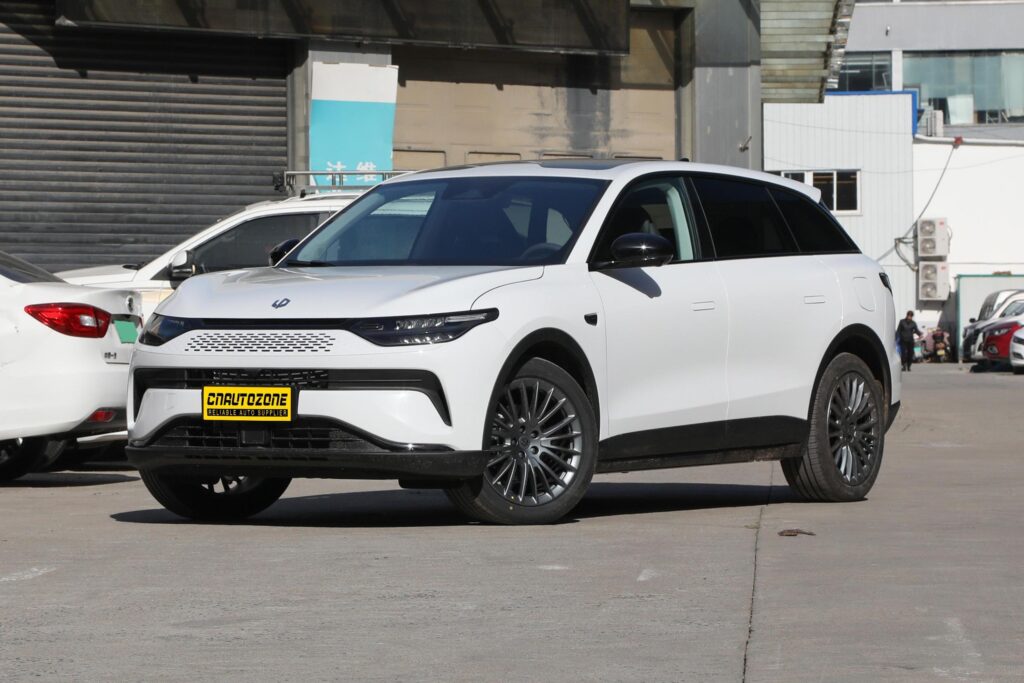As the world grapples with the pressing need for sustainable transportation solutions, the automotive industry has witnessed a significant paradigm shift towards electric vehicles (EVs). Among the myriad choices available, three predominant categories stand out: Battery Electric Vehicles (BEVs), Plug-In Hybrid Electric Vehicles (PHEVs), and Extended Range Electric Vehicles (EREVs). Each of these vehicle types boasts unique features, advantages, and disadvantages. In this article, we will delve into a comparative analysis of these three classifications to assess their respective benefits and drawbacks.

1. Battery Electric Vehicles (BEVs)
Overview
Battery Electric Vehicles are fully electric cars powered solely by electricity stored in batteries. They emit no tailpipe pollutants, relying exclusively on electric motors for propulsion. Iconic examples include the Tesla Model 3, Nissan Leaf, and Chevrolet Bolt EV.
Advantages
- Zero Emissions: BEVs produce no tailpipe emissions, making them an environmentally friendly choice that contributes to a reduction in urban air pollution and greenhouse gas emissions.
- Low Operating Costs: With fewer moving parts, BEVs tend to have lower maintenance costs compared to internal combustion engine (ICE) vehicles. Additionally, electricity is generally cheaper than gasoline, leading to lower fuel costs over time.
- Performance: Electric motors deliver instantaneous torque, resulting in impressive acceleration and driving performance. Many EVs provide a smooth and quiet driving experience, enhancing comfort levels for passengers.
- Government Incentives: Many regions offer tax credits, rebates, and incentives to encourage the adoption of BEVs, making them more financially viable for consumers.
Disadvantages
- Limited Range: One of the primary concerns surrounding BEVs is their limited driving range when compared to gasoline vehicles. Although advancements in battery technology have improved range, many consumers still hesitate about electric vehicle adoption due to “range anxiety.”
- Charging Infrastructure: The availability of charging stations can be a significant barrier, particularly in less urbanized areas. Although public charging networks are expanding, long charging times compared to filling up a gas tank can cause inconvenience.
- Battery Lifecycle and Disposal: The production and disposal of EV batteries raise environmental concerns. Mining for lithium, cobalt, and other materials can lead to ecological damage, while the disposal of used batteries poses waste management challenges.
2. Plug-In Hybrid Electric Vehicles (PHEVs)
Overview
Plug-In Hybrid Electric Vehicles combine a conventional internal combustion engine with an electric motor and rechargeable battery, allowing them to run on both electricity and gasoline. Popular models include the Toyota Prius Prime, Ford Fusion Energi, and Honda Clarity Plug-In Hybrid.
Advantages
- Versatility and Flexibility: PHEVs can operate on electric power for short trips while also having the gasoline engine as a backup for longer journeys. This dual functionality helps to alleviate range anxiety associated with BEVs.
- Reduced Fuel Consumption: By utilizing electric power for shorter trips, PHEVs can significantly decrease reliance on gasoline, leading to reduced fuel expenses and lower greenhouse gas emissions.
- Easier Transition to Electric Driving: They serve as an intermediary step for consumers hesitant to fully embrace electric vehicles, easing the transition to electrification.
Disadvantages
- Higher Initial Cost: PHEVs often come with a steeper price tag compared to their conventional ICE counterparts and even some BEVs, which can deter potential buyers.
- Complexity: The dual powertrain system increases the complexity of the vehicle, possibly leading to higher maintenance costs and more potential points of failure.
- Moderate Emissions: While PHEVs are more environmentally friendly than conventional vehicles, they still emit greenhouse gases when the gasoline engine is in operation, thus providing an incomplete solution for sustainability.
3. Extended Range Electric Vehicles (EREVs)
Overview
Extended Range Electric Vehicles are a subclass of hybrid vehicles that primarily operate as BEVs but are fitted with a small gasoline engine that serves as a generator to recharge the battery while driving. The Chevrolet Volt is the most recognized example of this type of vehicle.
Advantages
- Extended Driving Range: EREVs tackle range anxiety by allowing users to drive on electric power until the battery is depleted and then rely on the gasoline generator for further distance.
- Electric Drive Experience: The primary operation on electric power ensures a smooth, silent driving experience, with the gasoline engine only acting as a backup system.
- Fuel Efficiency: EREVs are designed to maximize electric driving, which typically results in higher fuel efficiency than standard hybrids.
Disadvantages
- More Complex Mechanism: The inclusion of both an electric powertrain and a gasoline engine adds mechanical complexity, which can increase maintenance requirements and long-term costs.
- Cost Considerations: Like PHEVs, EREVs can be more expensive upfront compared to conventional vehicles, potentially limiting market adoption.
- Dependence on Gasoline: Despite their electric capabilities, EREVs still require gasoline for extended trips, which counters the aim of achieving full electrification in transportation.
Conclusion
In conclusion, as consumers navigate the various options within the electric vehicle landscape, understanding the pros and cons of Battery Electric Vehicles, Plug-In Hybrid Electric Vehicles, and Extended Range Electric Vehicles is essential.
- Battery Electric Vehicles (BEVs) stand out for their zero emissions and low operating costs, making them an attractive choice for environmentally conscious consumers willing to adapt to the charging infrastructure.
- Plug-In Hybrid Electric Vehicles (PHEVs) offer flexibility and ease of transition, blending traditional fuel systems with electric power, though at the cost of complexity and potentially higher initial investment.
- Extended Range Electric Vehicles (EREVs) merge the benefits of electric driving with the assurance of gasoline backup but suffer from similar drawbacks.
Ultimately, the right choice depends on individual driving patterns, environmental priorities, and economic considerations. As technology continues to advance and infrastructure grows, the landscape of electric vehicles will likely evolve, presenting new opportunities and challenges in the quest for sustainable mobility. cnautozone-welcome cooperation

